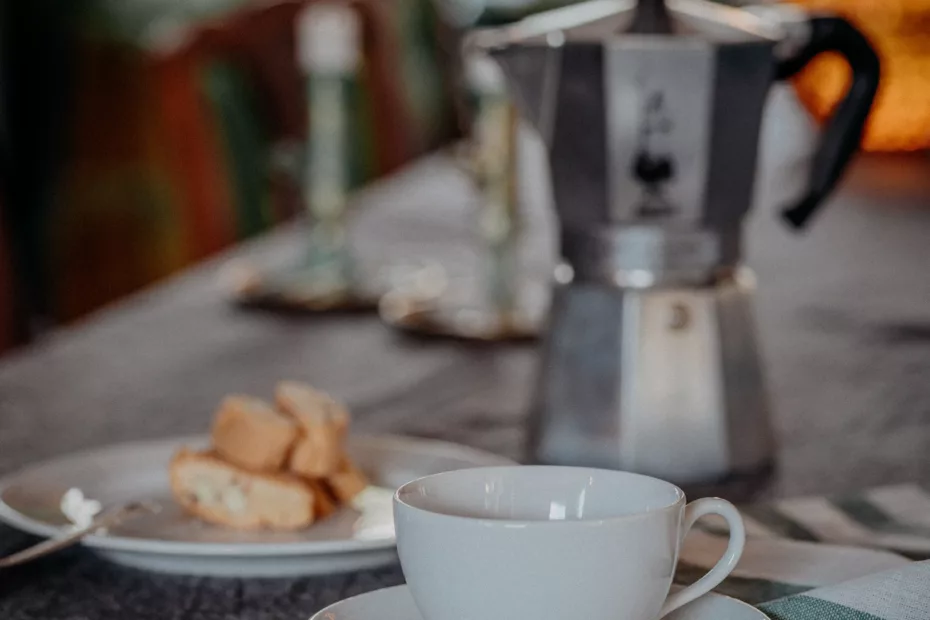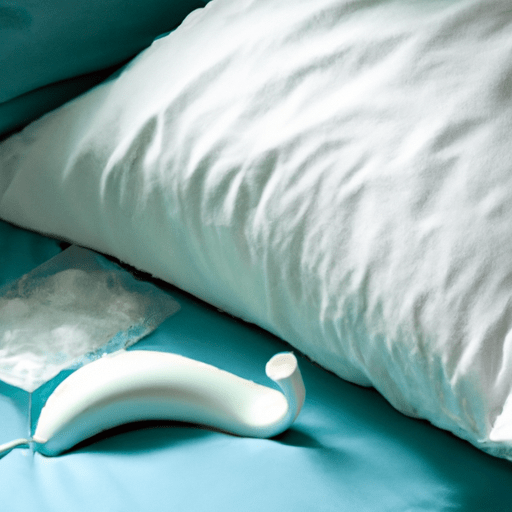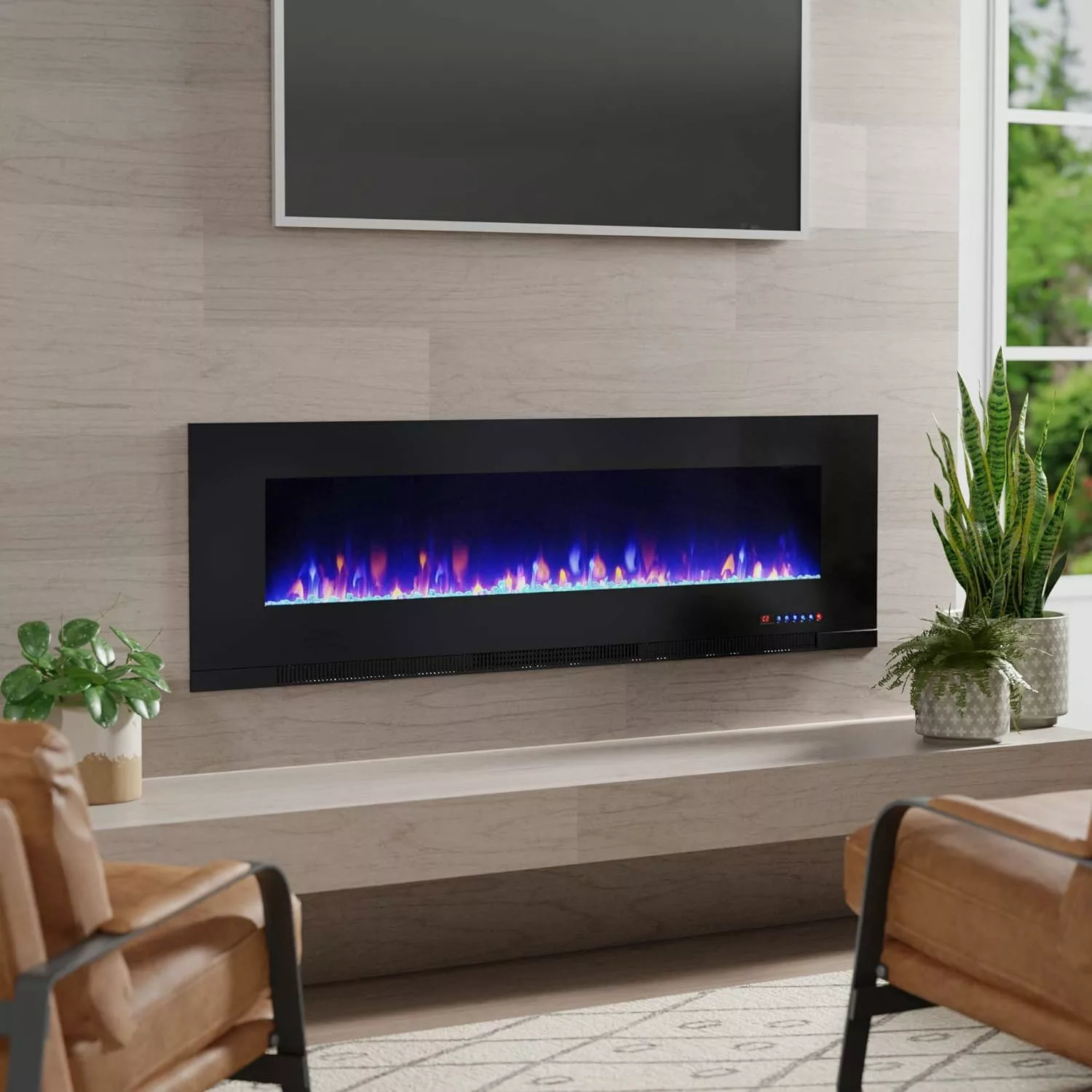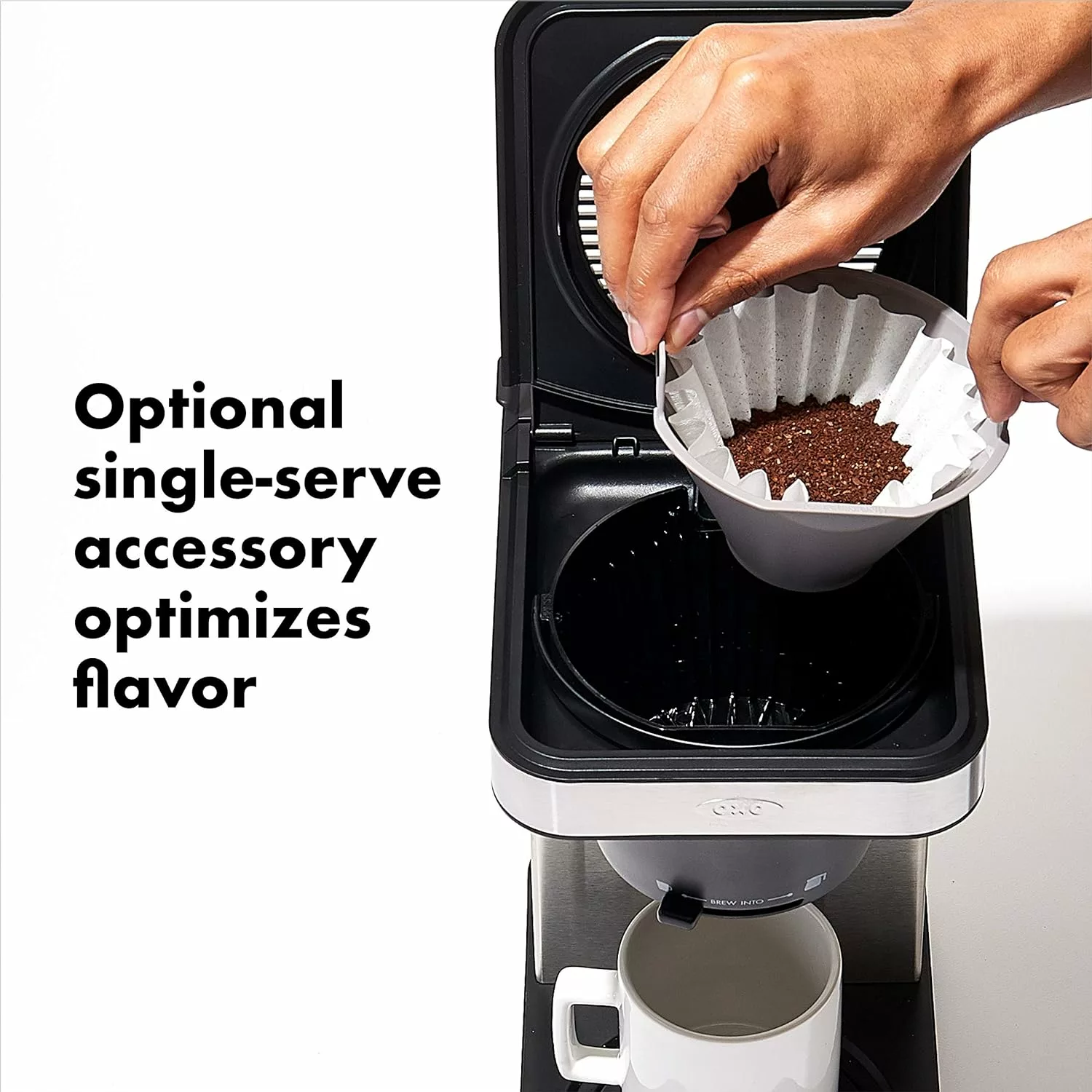So, you recently got yourself a shiny new 6-cup Moka pot and you’re eager to start brewing your own delicious cup of coffee at home. But wait, how much coffee should you actually use to get the perfect strength and flavor? Well, fear not, my friend! In this article, we’ll guide you through the art of measuring the right amount of coffee for your 6-cup Moka pot, ensuring that every sip you take is nothing short of pure caffeinated bliss. So grab your favorite mug, sit back, and let’s brew some magic together!

This image is property of images.unsplash.com.
Understanding a Moka Pot
Definition of a Moka pot
A Moka pot is a traditional Italian coffee brewing device that uses steam pressure to force water through ground coffee beans, resulting in a rich and flavorful coffee. It consists of three main parts: a bottom chamber for water, a middle chamber for ground coffee, and a top chamber to collect the brewed coffee.
How a Moka Pot works
The Moka pot works by leveraging the principle of pressure and heat. As the water in the bottom chamber heats up, it creates steam. This steam then builds pressure, forcing the water to rise through a funnel-shaped tube. The water passes through the coffee grounds in the middle chamber, extracting the flavors along the way. Finally, the brewed coffee collects in the top chamber, ready to be poured and enjoyed.
Types of Moka pots
There are various types of Moka pots available, ranging from different materials to sizes. The most common materials used in Moka pots are aluminum and stainless steel. Aluminum is often more affordable and conducts heat well, while stainless steel is more durable and resistant to rust. Additionally, Moka pots come in different sizes, typically ranging from 1-cup to 12-cup capacities, allowing you to choose based on your brewing needs.
Recognizing the Size of the Moka Pot
Different sizes of Moka pots
Moka pots are available in different sizes, and it is important to choose the right size based on your needs. The most common sizes are 1-cup, 3-cup, 6-cup, and 9-cup Moka pots. These sizes refer to the capacity of the final brewed coffee in traditional espresso cup sizes.
Identifying a 6-cup Moka Pot
To identify a 6-cup Moka pot, you can look for the markings or labels on the pot itself. Manufacturers often indicate the size capacity on the bottom chamber or the side of the Moka pot. A 6-cup Moka pot typically produces around 12 ounces or 354 milliliters of brewed coffee.
Measuring capacity of a Moka pot
The easiest way to measure the capacity of a Moka pot is by using water. Fill the bottom chamber with water up to the recommended level for your specific Moka pot size. Gradually pour the water into a measuring cup to determine the actual capacity. Remember, cup sizes can vary, and it is crucial to follow the manufacturer’s guidelines for accurate measurement.
Understanding Coffee Measures
Defining a cup in coffee terms
In the context of brewing coffee, a “cup” does not necessarily refer to the standard measuring cup used for cooking. In coffee terms, a cup is typically considered to be 6 ounces or 177 milliliters. This measurement helps ensure consistency when following coffee recipes and ratios.
Coffee to water ratio
The ideal coffee to water ratio for Moka pot brewing is 1:15 or 1:16. This means for every gram of coffee, you would use 15 to 16 grams of water. It’s important to note that this ratio can be adjusted based on personal taste preferences. Some people may prefer a stronger or weaker brew, and experimenting with different ratios can help you find your perfect cup.
Coffee measures in different countries
Coffee measures can vary across different countries and cultures. In some regions, such as the United States, coffee is often measured using standard measuring cups (8 ounces or 236 milliliters). However, to achieve the desired coffee to water ratio for a Moka pot, it is recommended to use the 6-ounce coffee cup measurement. Adjusting coffee measures based on the desired coffee to water ratio can help ensure consistency in taste and strength.
Choosing the Right Coffee for Moka Pot
Best types of coffee for Moka pot
When choosing coffee for your Moka pot, it is important to consider the roast level and the origin of the beans. Medium to dark roast coffees tend to work well with Moka pots, as they bring out the rich and robust flavors. Additionally, single-origin coffees or blends specifically labeled for espresso or Moka pot brewing are excellent choices.
Ground versus whole bean coffee
Both ground coffee and whole bean coffee can be used in a Moka pot. However, using freshly ground coffee beans right before brewing allows for a more vibrant and aromatic cup of coffee. Ground coffee, on the other hand, offers convenience but may not maintain its freshness as long as whole bean coffee.
Importance of coffee freshness
Freshness plays a crucial role in the quality of the coffee brewed in a Moka pot. Coffee beans start losing their flavor and aroma shortly after being roasted. To ensure the best taste, it is recommended to purchase whole bean coffee and grind it yourself, preferably within two weeks of the roast date. Keeping the coffee stored properly in an airtight container away from direct sunlight and heat can also help maintain freshness.

This image is property of images.unsplash.com.
Proper Grinding for Moka Pot
Desired coffee grind for Moka pot
The ideal grind size for a Moka pot is a medium-fine consistency, resembling granulated sugar or slightly finer than table salt. This grind allows for proper extraction without resulting in over-extraction or a clogged filtration system. A consistent and uniform grind size ensures even extraction and optimal flavor.
Effect of grind size on taste
The grind size directly affects the taste of the brewed coffee. Fine grinds can lead to a bitter and over-extracted taste, while coarser grinds may result in a weak and under-extracted brew. Finding the right balance in grind size can bring out the full spectrum of flavors and produce a smooth and robust cup of coffee.
Manual versus electric grinders
Both manual and electric grinders can be used to achieve the desired grind size for a Moka pot. Manual grinders offer more control and precision, allowing you to adjust the grind size according to your preference. Electric grinders, on the other hand, provide convenience and speed. Whichever type of grinder you choose, make sure it is capable of producing a consistent medium-fine grind.
Dosing Coffee for a 6-cup Moka Pot
Ideal coffee amount for a 6-cup Moka pot
For a 6-cup Moka pot, the ideal coffee dosage is around 18 to 20 grams. However, this measurement can be adjusted based on personal taste preferences and the desired strength of the brew. Remember to refer to the manufacturer’s guidelines for your specific Moka pot model.
Adjusting coffee amount for personal taste
Everyone’s taste preferences are different, and adjusting the amount of coffee used in a Moka pot can help tailor the strength and flavor to individual liking. Experiment with slightly more or less coffee for each brew to find the perfect balance that suits your taste buds.
Using a kitchen scale for accurate dosing
To ensure accuracy and consistency in coffee dosing, it is recommended to use a kitchen scale. Weighing the coffee grams instead of relying on volume measurements provides a more precise and repeatable result. A digital kitchen scale that can measure in grams is an essential tool for any coffee enthusiast looking to master their Moka pot brewing technique.

This image is property of images.unsplash.com.
Preparation Steps for Brewing with a Moka Pot
Pre-heating the water
Before brewing with a Moka pot, it is important to pre-heat the water in the bottom chamber. This helps to maintain a more stable brewing temperature and ensures efficient extraction. Simply fill the bottom chamber with cold water and place it on the stove on medium heat. Allow the water to heat up until it reaches a gentle boil.
Inserting the coffee
Once the water in the bottom chamber has reached a gentle boil, remove it from the heat source and add the ground coffee to the middle chamber. Distribute the coffee evenly and level it off, ensuring there are no air gaps. Be careful not to tamp or pack the coffee too tightly, as it may hinder proper water flow during brewing.
Placing Moka pot on the stove
After the coffee is added to the Moka pot, screw the top and bottom chambers tightly together. Place the Moka pot back on the stove over low to medium heat. It is important to use a low to medium heat setting to prevent scorching the coffee or overheating the Moka pot. As the water in the bottom chamber heats up, steam will be generated, gradually pushing the water through the coffee grounds and into the top chamber.
Brewing Process with a Moka Pot
How to monitor the brewing process
Monitoring the brewing process is crucial to achieve the desired strength and extraction time. As the Moka pot is heating on the stove, keep an eye out for the brewed coffee slowly filling the top chamber. Once you start to see a steady flow of coffee, it is an indication that the brewing process is underway.
Timing the brew
The brewing time for a Moka pot can vary based on several factors, such as the heat source, grind size, and personal taste preferences. On average, it takes approximately 4 to 6 minutes for the brewing process to complete. Timing the brew allows you to control the strength of the coffee by adjusting the heat source accordingly.
What to expect during brewing
During the brewing process, you may hear a gurgling or hissing sound as the water is forced through the coffee grounds. This is normal and indicates that the Moka pot is functioning correctly. As the brewed coffee fills the top chamber, you will see a rich, dark liquid with a thick consistency resembling espresso. The aroma will fill the air, enticing you with the promise of a delightful cup of coffee.
Post-brewing Cleanup and Maintenance
Cleaning the Moka pot after use
After enjoying your delicious coffee brewed with the Moka pot, it is essential to clean it thoroughly. Disassemble the Moka pot and wash each part with warm water and mild soap. Be sure to clean the filter basket and gasket, as these can collect coffee residues. Rinse the parts well to remove any soap residue, and allow them to air dry before reassembling.
Removing coffee grounds
To remove the used coffee grounds from the Moka pot, simply tap the bottom chamber gently to dislodge any remaining grounds. Avoid using utensils or abrasive materials to avoid scratching or damaging the Moka pot’s interior. It is best to discard the coffee grounds in the compost or dispose of them responsibly.
Maintaining a Moka pot for longevity
To ensure the longevity of your Moka pot, it is important to take proper care and maintenance. Avoid using harsh detergents or abrasive sponges that can damage the pot’s surface. Instead, opt for mild soap and gentle cleaning methods. Additionally, periodically check the gasket and filter basket for wear and tear, replacing them as necessary to maintain optimal performance.
Common Mistakes in Using a Moka Pot
Overfilling or underfilling the Moka pot
One common mistake when using a Moka pot is overfilling or underfilling the water chamber. Overfilling can result in excessive steam pressure and potentially lead to accidents, while underfilling may result in a weak and under-extracted brew. It is important to carefully measure and follow the recommended water level for your specific Moka pot size.
Overheating the Moka pot
Overheating the Moka pot by using high heat levels can result in burnt coffee and a less enjoyable brew. It can also damage the Moka pot’s handle or gasket. To avoid overheating, use low to medium heat settings and monitor the brewing process closely.
Not cleaning the Moka pot properly
Neglecting proper cleaning and maintenance can impact the flavor of your Moka pot coffee and reduce its lifespan. Coffee residues can accumulate and affect the taste of future brews. Regularly cleaning and maintaining your Moka pot not only ensures a delicious cup of coffee but also prolongs its durability.
By understanding the ins and outs of a Moka pot, recognizing its size, choosing the right coffee, grinding properly, and dosing accurately, you can master the art of brewing with this classic Italian coffee maker. Through the preparation steps, brewing process, and post-brewing cleanup, you’ll be able to enjoy a flavorful and aromatic cup of coffee each time. Avoiding common mistakes and taking care of your Moka pot will allow it to be your faithful brewing companion for years to come. Happy brewing!




